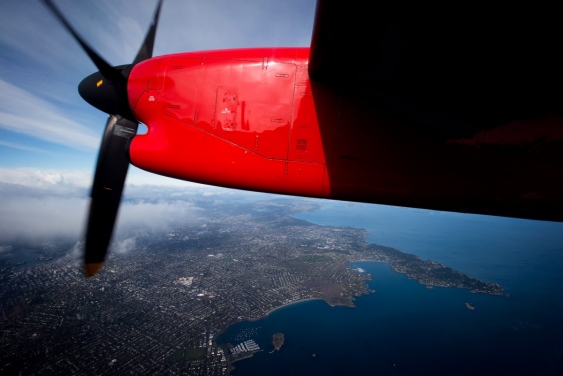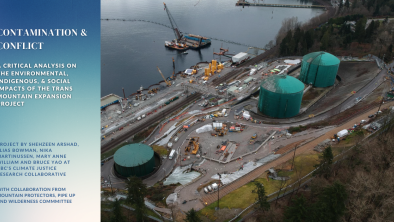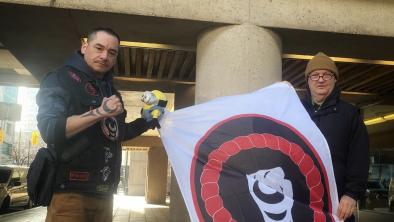Ottawa boosts ship surveillance
Times Colonist

Vancouver Island environmental groups are warning that a federal plan to expand marine pollution surveillance won’t be effective against a major spill.
Transport Minister Lisa Raitt said Wednesday that funding for the aerial surveillance program will increase from $5 million to roughly $10 million a year over five years, allowing the country’s three surveillance aircrafts to increase the number of flights to spot oil spills off Canadian coasts.
The fleet currently spends 2,080 hours a year in the air and Raitt said that time will increase to 3,750 with the new money.
“On the West Coast, what it means is that surveillance hours increase from 500 to 700 hours until 2017-2018, and at that time, it’s going to increase to 1,200 hours,” she said at a media event in Richmond.
A Transport Canada official said the West Coast plane currently flies five to six times per week, up to 300 kilometres off the coast.
Brian Falconer, marine operations co-ordinator for the Raincoast Conservation Foundation, said pollution-monitoring is positive but has nothing to do with potential spills.
“It’s a good thing, what they’re doing. But it’s completely off topic,” he said.
“They’re framing this in the context of increasing tanker safety and spill response, but it has nothing to do with any of that. A major spill from an accident on the coast is going to be reported immediately by the captain.”
Falconer said aerial monitoring will pick up on smaller discharges, which can cause chronic problems for marine mammals and birds. But it won’t reduce the possibility of a “catastrophic spill.”
Torrance Coste, Vancouver Island campaigner for the Wilderness Committee, referred to a federal study that found diluted bitumen sinks in salt water when pounded by waves and mixed with sediment.
“We could increase flight time by 10,000 hours and that’s still not going to give us the ability to clean [it] up,” he said.
“The reality is, we’re hopelessly unprepared for a spill on the coast. This announcement is basically just lipstick on a pig.”
Christianne Wilhelmson, executive director the Georgia Strait Alliance, which has offices in Vancouver and Nanaimo, called the increased surveillance a “thin” effort considering the many issues surrounding tanker traffic.
“We need the equipment in place to deal with the ships that are already here,” she said.
“Last year, a report came out saying we do not have the capacity to deal with spills based on the current number of ships. The idea of doubling, tripling, quadrupling capacity is the wrong conversation to have.”
Wednesday’s announcement is another in a series of federal measures aimed at assuaging fears about tanker safety and marine protection in B.C., where opposition threatens the development of two major oil pipeline projects.
The Enbridge Northern Gateway project and Kinder Morgan’s proposal to triple the capacity of its existing Trans Mountain line together would result in about 400 more tankers traversing the waters off the B.C. coast annually.
A “world-class” marine oil response system is one of five conditions the B.C. government laid out for its support of any oil pipeline projects.
In an email response to a request for an interview, B.C. Environment Minister Mary Polak welcomed the money.
“The province is encouraged by today’s announcement and the steps the federal government continues to take toward a world-class tanker safety system,” the email said.
Photo: A National Aerial Surveillance Program flight flies over the waters off Oak Bay and Saanich, with Ten Mile Point on the right, while monitoring marine traffic on Wednesday. (Darryl Dyck, The Canadian Press)


